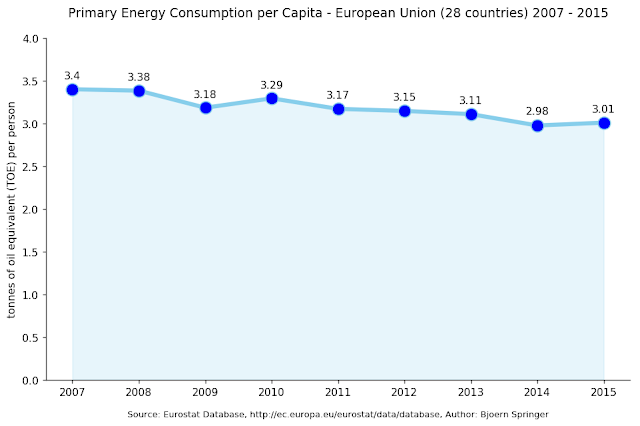One of the principles in building physics is to apply thermal insulation always on the 'cold side' of facades. That is why most buildings in cold or temperate climates have exterior thermal insulation. The same principle should apply to air-conditioned buildings in hot climates, in this case with thermal insulation on the inner side of the facades...
To examine the effects of interior thermal insulation, I made a building energy simulation of a simple office building floor located in a hot-humid climate using 'Ladybug Tools' software.
Location
As mentioned in one of my previous posts, buildings in hot-humid climates near the equator present a challenge regarding energy-efficient concepts. For this reason, I chose Jakarta which has a hot-humid, more precisely a tropical monsoon climate (Am) according to the Köppen climate classification. Hot-humid climates are characterised by mostly overcast skies, high humidity and frequent rainfall. Air temperature is always high with minimal daily and seasonal fluctuations.Model
The building model which served as the base for the energy simulation was made in Rhino 3D. I tried to keep the model as simple as possible. The basic parameters of the model are:- dimensions: plan 6m x 8m, storey height 3,5m, 48m², 168m³, representing one thermal zone
- windows: lowE windows in south and north facade, south window with permanent horizontal shading device, U-value: 1.3 W/(m²K), SHGC: 0.3, VT: 0.64
- materials: 16cm concrete exterior walls at all for sides, concrete slabs connecting to upper and lower storey with identical thermal conditions
- insulation: mineral insulating board, conductivity 0.045 W/(mK), thickness between 20mm and 100mm
- thermal mass: 10m² of 16cm thick concrete wall
- program: air-conditioned open office use with default schedules and internal loads as provided by EnergyPlus
- no natural ventilation
 |
| Screen shot of the Rhino model serving as a base for the energy simulation |
Building energy simulation
The building energy simulation was made with 'Ladybug', a plug in for Grasshopper, the graphical algorithm editor for Rhino 3D. Ladybug in turn uses EnergyPlus as calculation engine and some other programs for it's building energy simulations. The good thing about these programs is that they are all for free, except for Rhino 3D which can be used for free during a 90-day trial period. The following illustration shows the Grasshopper canvas (i.e. the graphical algorithm representation) of this simulation. |
| Grasshopper canvas of the energy simulation |
In this simulation , the annual amount of cooling Energy in kWh/a was calculated. In total there were six simulation runs with different facade constructions:
- 16mm concrete walls, no thermal insulation
- 16mm concrete walls with internal insulation, thickness: 20mm
- 16mm concrete walls with internal insulation, thickness: 40mm
- 16mm concrete walls with internal insulation, thickness: 60mm
- 16mm concrete walls with internal insulation, thickness: 80mm
- 16mm concrete walls with internal insulation, thickness: 100mm
Results
Ladybug provides various tools to graph the simulation results. The following illustration is a 3-dimensional graph of the annual cooling energy for ideal air loads of the air-conditioned building without thermal insulation. |
| Annual cooling energy - exterior walls without insulation |
By adding a layer of thermal insulation at the interior of the facade concrete walls the cooling loads can be significantly reduced. The next graph shows the annual cooling loads of the same building, this time with 40mm interior insulation. In this case, the hourly cooling loads rarely exceed 4kW.
 |
| Annual cooling energy - exterior walls with 40mm interior insulation |
Conclusion
As shown in the above line chart, the annual cooling energy can be drastically reduced through the application of internal thermal facade insulation. In the present example, the annual cooling energy could be reduced by more than 20% by adding a 20mm thick thermal insulation layer. With a 40mm thick insulation layer the energy savings are more than 25%.Further increasing of insulation thickness has only a small effect on cooling energy savings.


















